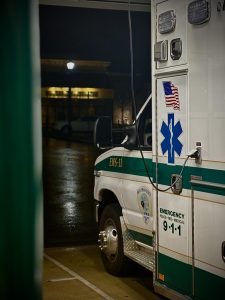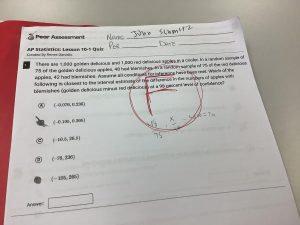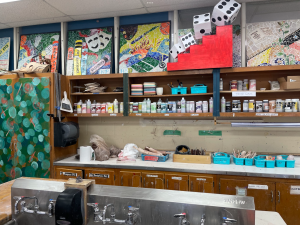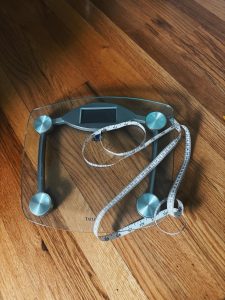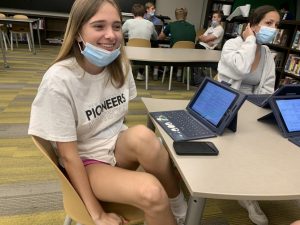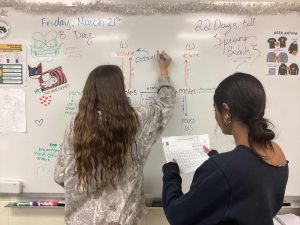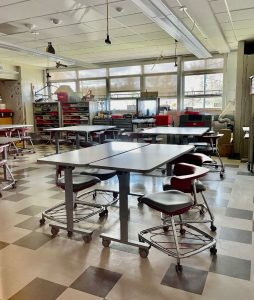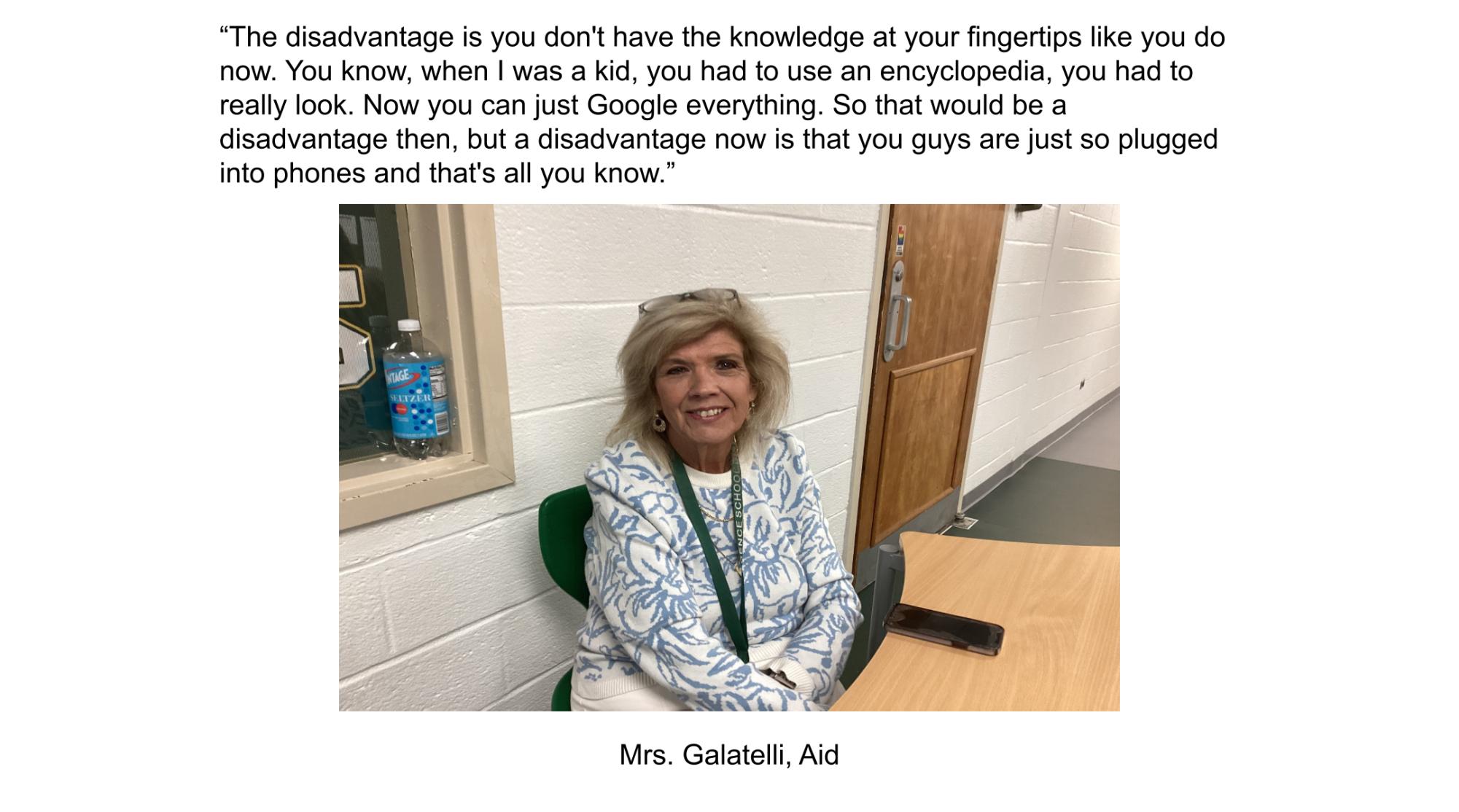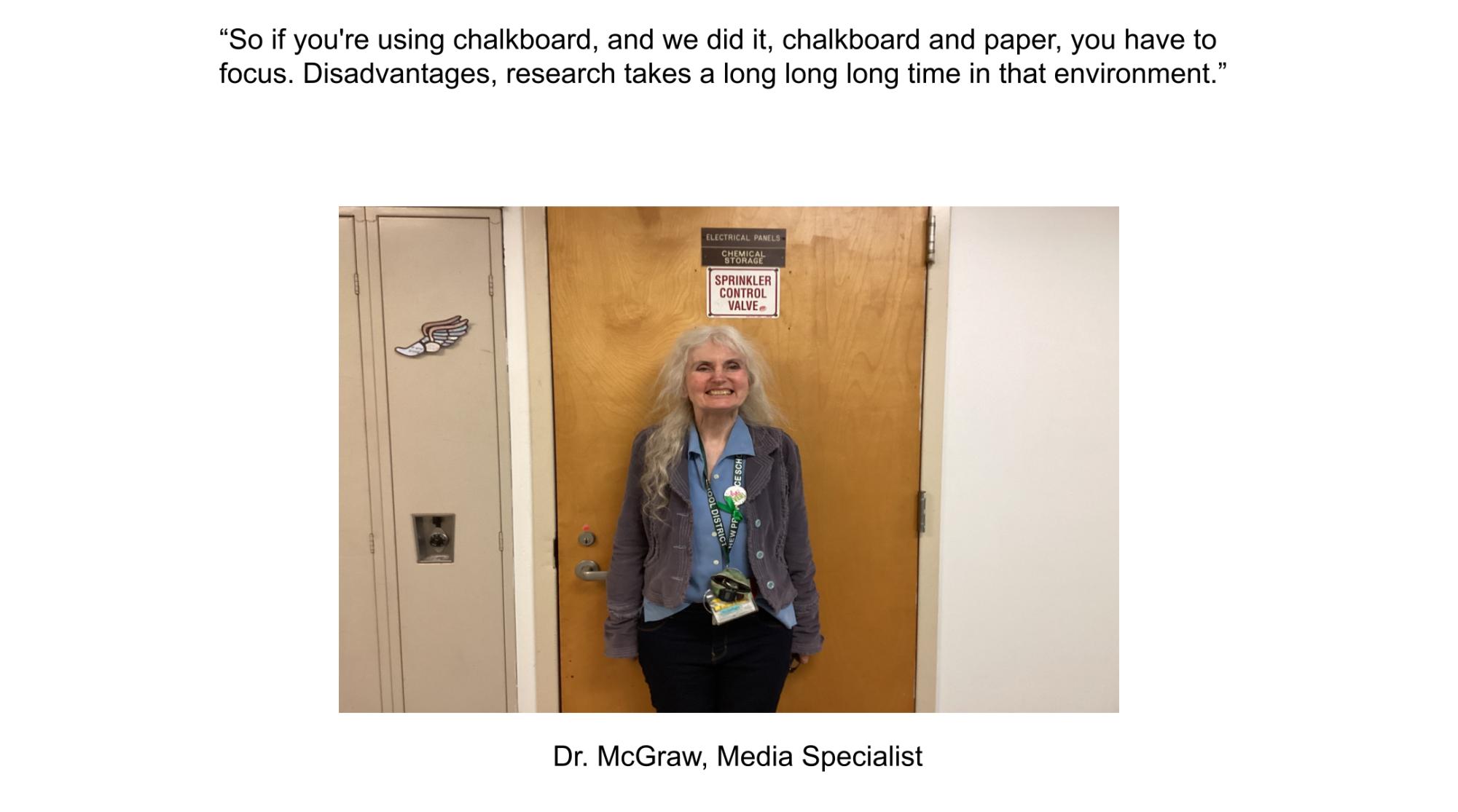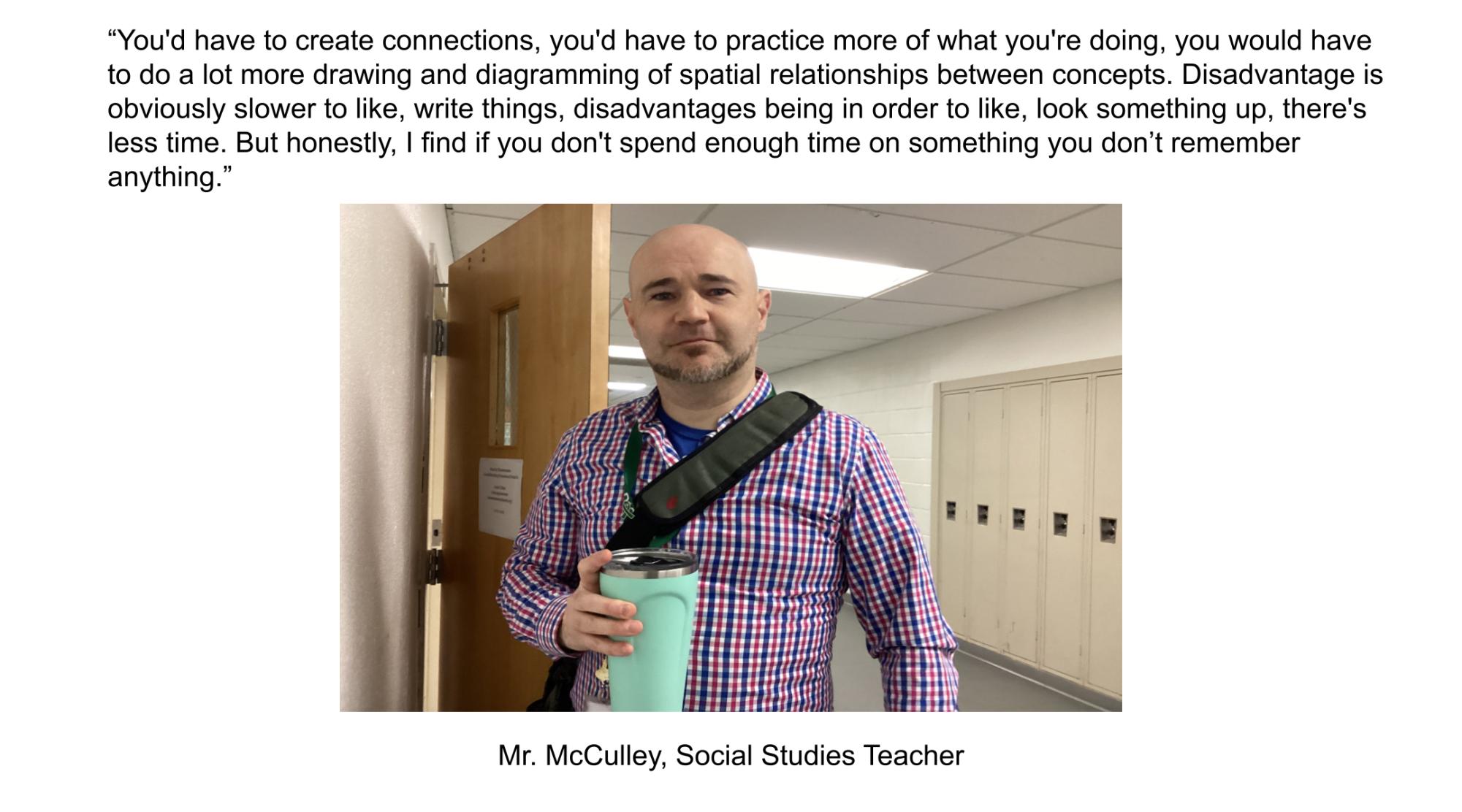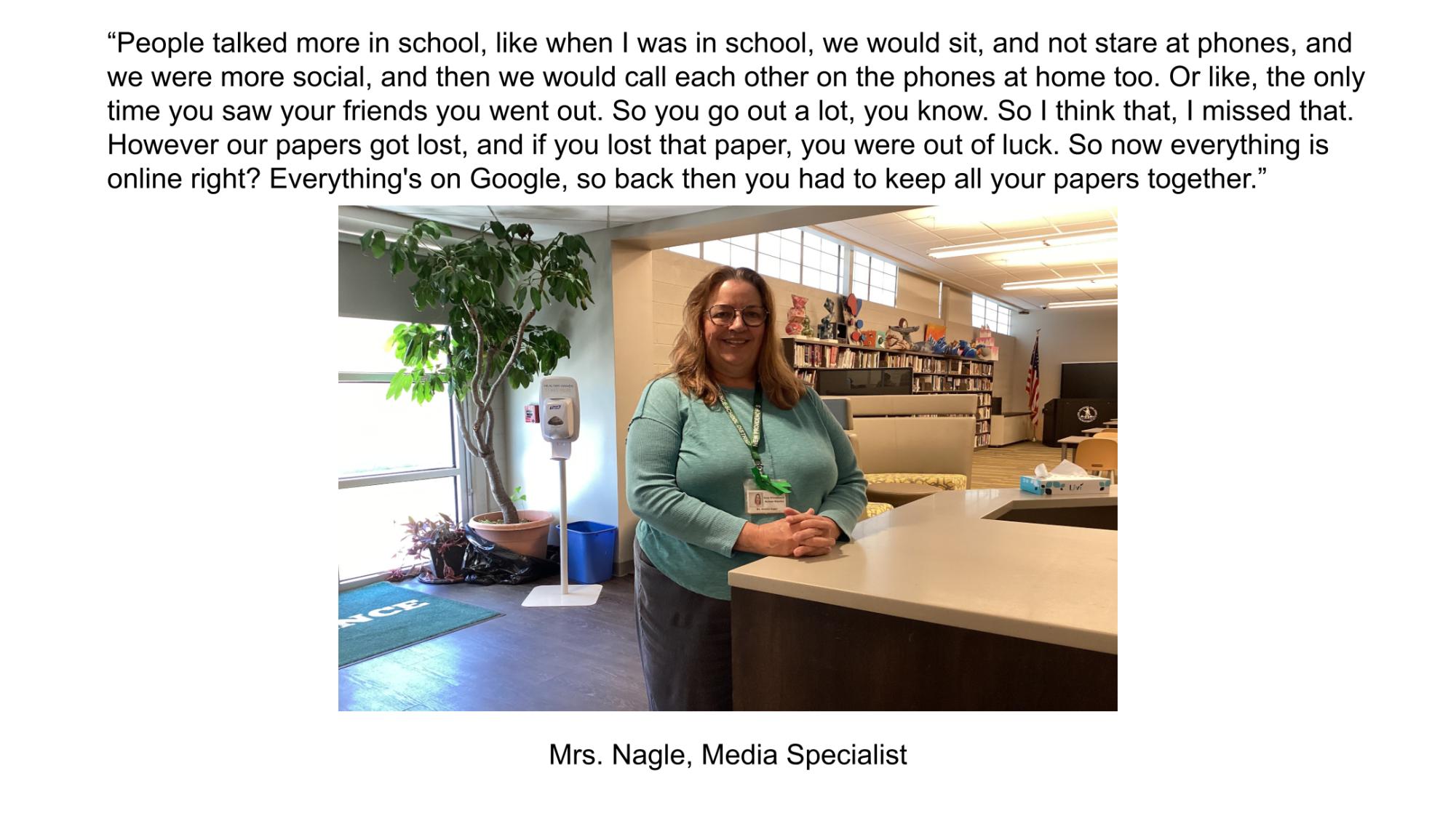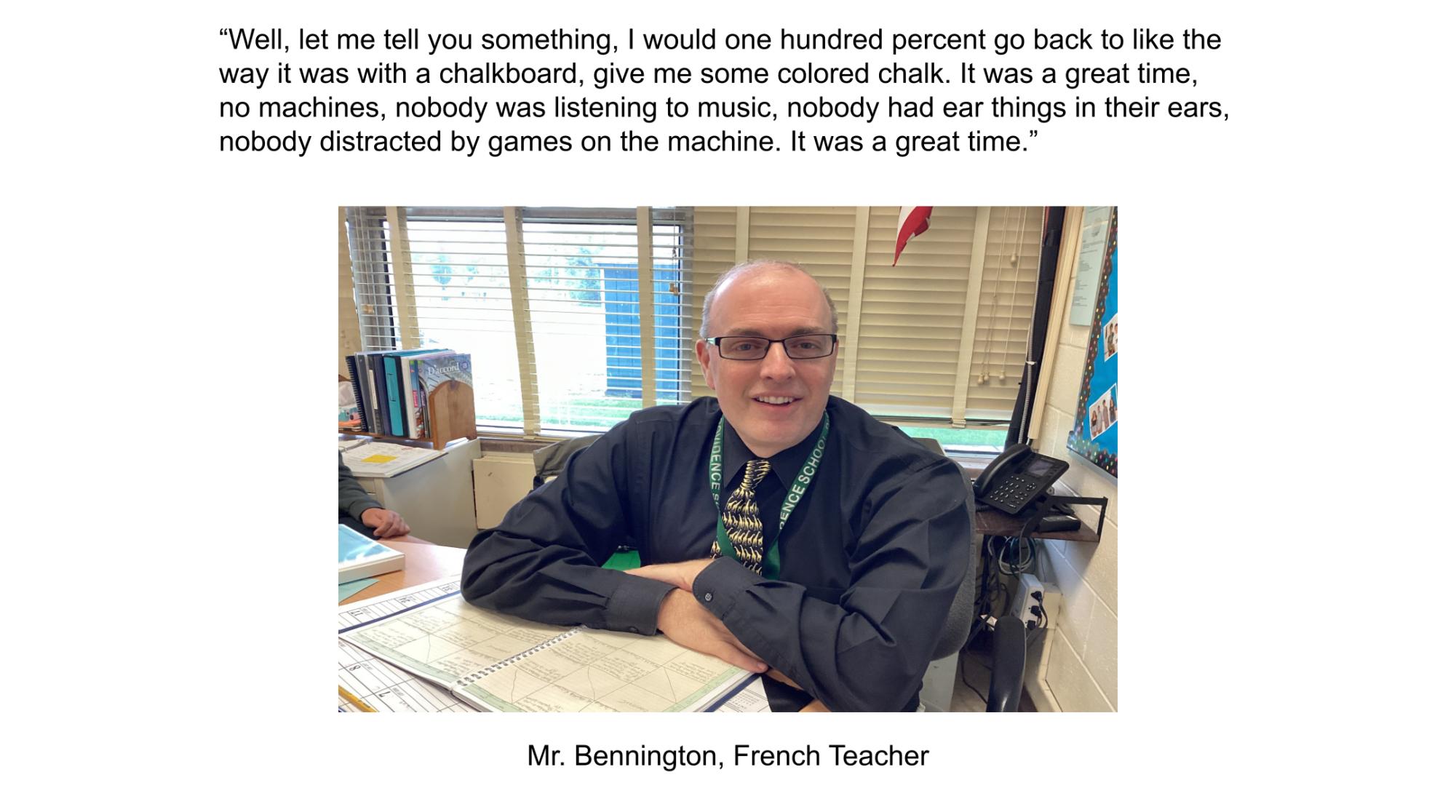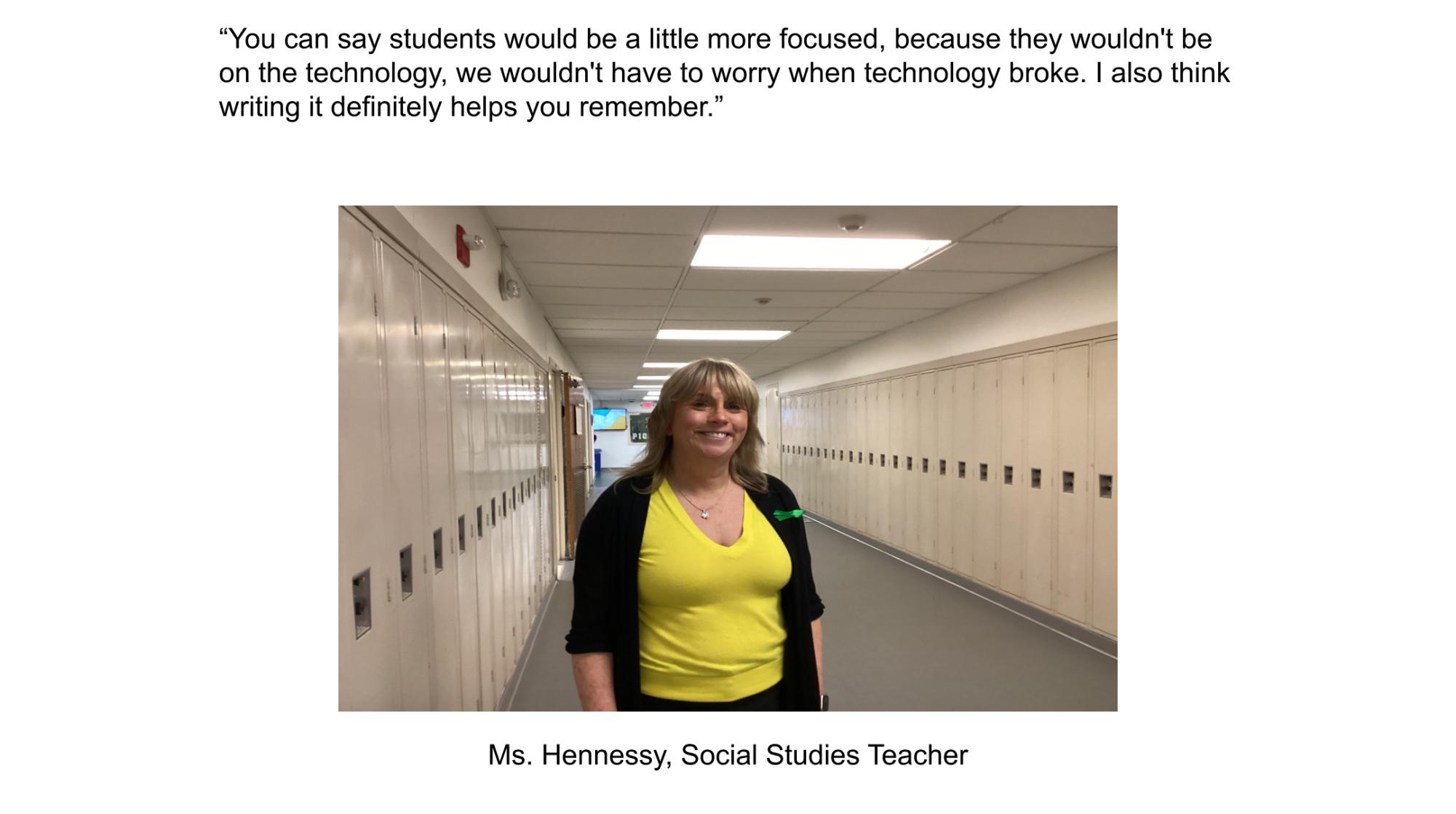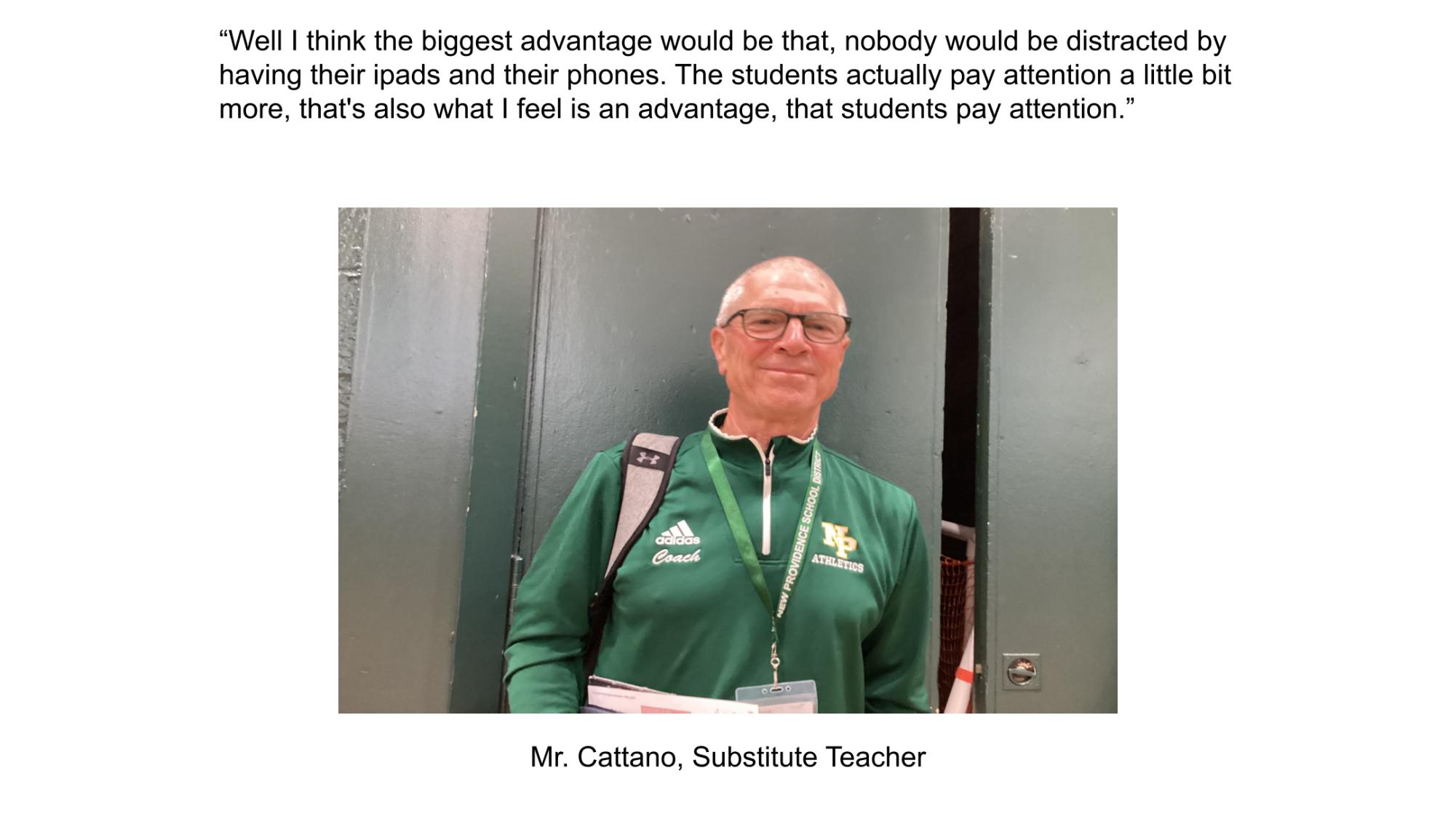What’s School Going to Look Like Next Year?
May 29, 2020
As the 2019-2020 school year winds down and summer is just around the corner, we find ourselves still in quarantine. Following Governor Murphy’s order, New Jersey’s public health emergency was extended for another 30 days as of May 7. However, the Governor increased the number of people allowed in an outdoor gathering from 10 to 25 on Friday, May 22 and allowed modified in person graduations to be held after July 6, as of Tuesday, May 26.
These lifted and modified restrictions insinuate that plans for next school year are hopeful. Not to mention, New Providence High School Vice Principal, Mr. Henry thinks that, “after the school year closes (June 12) there hopefully would be some additional guidance provided by the state in terms of the fall and opening of school.”
According to an article from NJ. gov, “the [Murphy] committee will also explore approaches for the safest and most efficient re-opening of school for the 2020-2021 school year.” Which means, there is a lot of new information that we have gathered from being in quarantine to take into account.
For starters, there were many precedents set with the new technology utilized throughout this time. Zoom, for example, was a new platform introduced during the beginning weeks of quarantine. Despite the fact that we wouldn’t need it while physically in school, it could change other aspects of school life. New Providence High School Principal, Mrs. Zirpoli added, “Online Learning has taught us many new things that I believe will impact certain ways we move forward in the future.” So, snow days and other school closures, for instance, may be altered since staff and students could then interact via Zoom. Also, Flipgrid, another new technological platform used during quarantine, has changed online learning and may continue to change learning moving forwards with normal school.
The use of technology has made the transition from normal school to online school much easier for both students and staff. Therefore, if school cannot reopen in the fall or there are any unplanned school closures, the technology used during quarantine may again be used to continue to further the education of our students.
As a result of this quarantine, social interaction had to decrease greatly. Technology though, has played a significant role in trying to increase those interactions in a safe way.
“It [technology] has been the main and only source of communication and means for educating our students through distance/remote learning,” says Mr. Henry.
Furthermore, Mrs. Zirpoli goes on to say, “Although these times have been challenging, I am happy that we all found ways to stay connected for the purpose of learning and our relationships with one another.”
While the technology implemented in quarantine has had many positive effects, there are also negative effects that stem from the technology as well. When asked about this, Mr. Henry commented, “Technology is ever-changing so it allows for new and innovative programs, applications, and platforms constantly. This keeps things exciting and creates a number of unique and exciting learning opportunities for students.” However, he goes on to point out that one of the negative aspects of “just strictly online learning/technology is the impacts on connecting with others and collaborating… I know students value being around one another from a social and emotional standpoint. The staff and administration value this as well.” In other words, quarantine and online learning have made normal day-to-day interactions in school “difficult to accomplish/feel through just technology.”
Though the plan for next year is not clear, it’s safe to assume that technology has set an example for the future. Whether physically in school or learning at home, the use of technology to further education remains constant. The platforms discovered and put to use during quarantine will most likely be used continually by staff and students to advance learning and stay connected.

